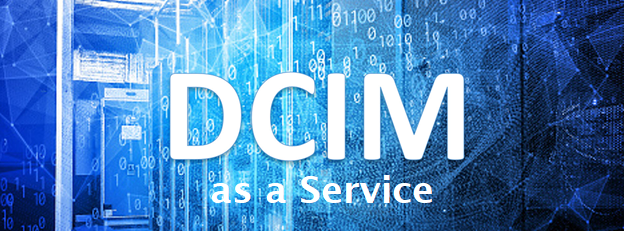What is Connectivity Management?
Connectivity management encompasses two areas – full power chain and network connection management:

What is Connectivity Management?
Connectivity management encompasses two areas – full power chain and network connection management:

With the flow of data rising exponentially, data center space and efficiency have become premium factors for businesses. All hardware and cabling designs must be modular and scalable, make optimal use of space and take cooling and energy consumption concerns into account.
Gone are the days of using point-to-point cabling and directly connecting devices to one another. This leads to cabling messes and increases cabling costs for every hardware refresh. In today’s high-density data center, a well-designed structured cabling system increases uptime, scalability and return on investment while simultaneously decreasing your technology footprint and operating expenses.

The pandemic has Increased the need to work from home and minimize onsite staff. Social distancing and restrictions on how many staff members can be onsite are now commonplace. With Data Centre access being extremely limited, management of the Data Centre must be done effectively and remotely.

As we see more and more headlines of breaches, the focus on intruders accessing critical data has been heightened.
To access critical data stored by organizations. This brings data centers into focus because the ultimate nexus of that critical data is in the data center.
One of the top responsibility areas for data center managers falls into that of physical security. Even with the shift to cloud-based infrastructure, data centers are still the critical physical bastion protecting critical data from physical theft.

Among the many items on your plate of challenges is making sure the data center provides an ideal environment for the rigorous grind of everyday IT. While not all IT shops are set up in state-of-the-art fortresses, adhering to data center environmental standards is essential to creating ideal conditions.

In the data center industry, we are seeing a widening range of data centers. Cloud and Colocation facilities are larger and higher density capacity with electrical demand in the tens and hundreds of megawatts. There is edge computing where small data centers are distributed widely. Increasingly, we are seeing extreme weather conditions that lead to longer power outages. Data center energy management is a critical piece to data center management; data centers must have the ability to protect against these situations. Regardless of the size of the facilities, energy consumption and related costs are representing a larger portion of a data center company’s operating costs.

How do you know how much space, power, cooling, and network capacity is available in your data center? Where is the best place to reserve space and deploy new IT equipment for optimal utilization? How do you get the data you need to convince your management that you need more capacity? With data centers becoming increasingly dense and complex, capacity is at a premium. Modern data center managers are under pressure to make the most of the capacity, or risk failing to meet IT resource demand.

Reduce Connectivity Complexity and Manage Cabling with Ease
A data center is a high-density, complex system with hundreds, if not thousands, of devices from a multitude of vendors. Knowing how devices are connected to each other is critical to effectively managing your data center. Without this information, you can’t plan capacity, perform fail-over analysis, manage virtual as well as physical connections, and quickly respond to outages in your data center.
How can I quickly identify what circuits are running? How do I know which customers and applications are relying on those circuits? What is the impact of changes on my power and network? DCIM software with connectivity management can help you answer these questions and more.

A new class of DCIM has earned high marks from customers. Enhanced capabilities such as zero-configuration analytics, automation via integration, ease of use, and super-fast deployments address the pain points of data center managers and allow them to make smarter operational decisions. DCIM bridges information across organizational silos, including Data Center Operations, Facilities, and IT teams to maximize utilization of the entire data center space. DCIM is the solution that provides the visibility and information you need to properly plan and deploy equipment for data center projects to support business services. Simply put, data center management is not complete without a DCIM tool. DCIM software is now the de facto standard tool for complete data center management.

Data Center Infrastructure Management (DCIM) software is quickly becoming the core engine of data center operations. Only 5 years ago, manual spreadsheets, sometimes supplemented with Visio diagrams, were accepted as the default tools for data center management. Since the IT function is the vital organs of any modern organization, improving productivity, efficiency and reliability of data center operations delivers an immediate competitive advantage to the organization. We will offer some facts about why this is so and, if not already the case, why Sunbird DCIM should be in your future.